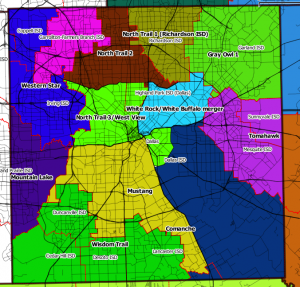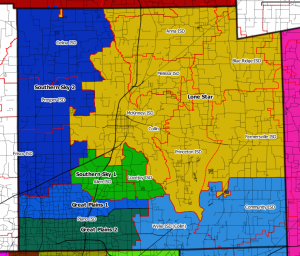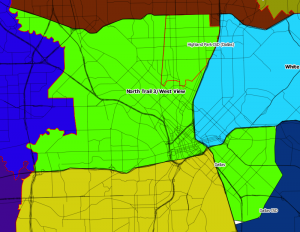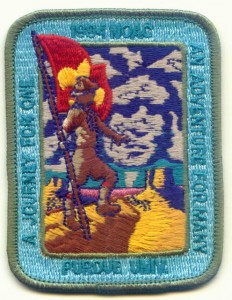My family has a rich Scouting background. I tell people, “We have so many Eagle Scouts, even my gay brother is an Eagle Scout.” It’s true.
I don’t like Boy Scouts of America’s (BSA’s) homosexuality policy, which bars homosexual adult leaders. I’d like a change: our understanding of homosexuality has improved, and BSA’s policy needs to improve, too. But at the same time, I don’t think the public debate appreciates the risk of change.
Every Scout unit is owned by a chartered organization. A charter is a license to use Boy Scouts’s program.
Most chartered organizations have negative views of homosexuality:
- 56% of Scouts are in units chartered by religious institutions with officially negative views of homosexuality, like the United Methodist Church, Latter Day Saints (Mormon) Church, and the Catholic Church.
- 3% of Scouts are in units chartered by religious institutions that accept homosexuality, like the United Church of Christ.
- The remaining 41% are in units chartered by civic or educational organizations, and their stances can vary. For example, a University Park, Texas unit, chartered by a parents’ club, barred a homosexual parent from leadership based on objections of other parents. (My son’s pack is chartered by a PTA.)
Even when accounting for variances within institutions–for example, some United Methodist congregations are accepting of homosexuality, some United Church of Christ congregations don’t accept it–it’s still likely that most chartered organizations have negative views of homosexuality.
The BSA is in a difficult spot: its ultimate power, its livelihood, rests in chartering organizations–they run the Scouting units, they provide all the youth, and they have the final voting authority in BSA.
Can BSA survive if it angers most its chartering organizations?
I wish BSA could be neutral, letting chartered organizations do their own homosexuality policies, like what was recently proposed. But in seeking change, I don’t want to recklessly harm or destroy the centerpiece of the American Scouting movement.
I’m sure some of you will say this is still perpetuating discrimination. That’s just not true. It has taken decades, sometimes centuries, for society to correct civil rights problems. It’s not reasonable to expect the BSA to make instant-presto changes, especially given that it must be sensitive to the policies of its chartered organizations.
The ACLU’s scorched earth war on Boy Scouts isn’t the right solution. We can do this better, and we can do it right, with a pragmatic, dialogue-rich approach. In the end, destroying the organization is not the right way to fix its policies.









 This may surprise attendees of the 1994 National Order of the Arrow Conference (NOAC).
This may surprise attendees of the 1994 National Order of the Arrow Conference (NOAC).